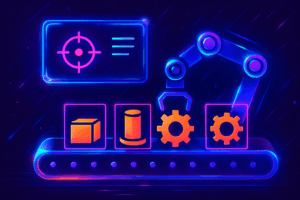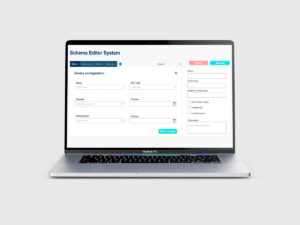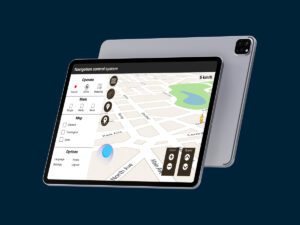Outsource software development company — PNN Soft
Eventually, businesses do not search for a code, — instead, they have goals to be obtained: analysing clients' needs, understanding the voice of their audience, various system integration, increasing customer engagement, etc. Therefore, we provide outsourced application development goal-oriented solutions to establish rewarding long-term relationships. Providing applications and programming solutions with value — that is what makes us a top company for collaboration.
An effective and stable solution becomes a mission-critical focus for the developers' teams, creating outsourced business software. Why so, and what are the primary reasons to outsource custom software development nowadays?
Our collective knowledge, high expertise and enthusiasm in searching for new ways of optimising the business workflow are key to ensuring a fruitful partnership — we provide clients with constant collaboration. You get not only outsource software development. You gain efficient programming products aimed at expanding your business horizons.


 "
"









